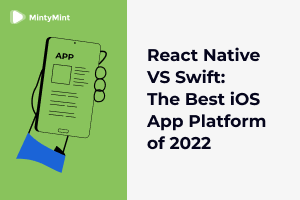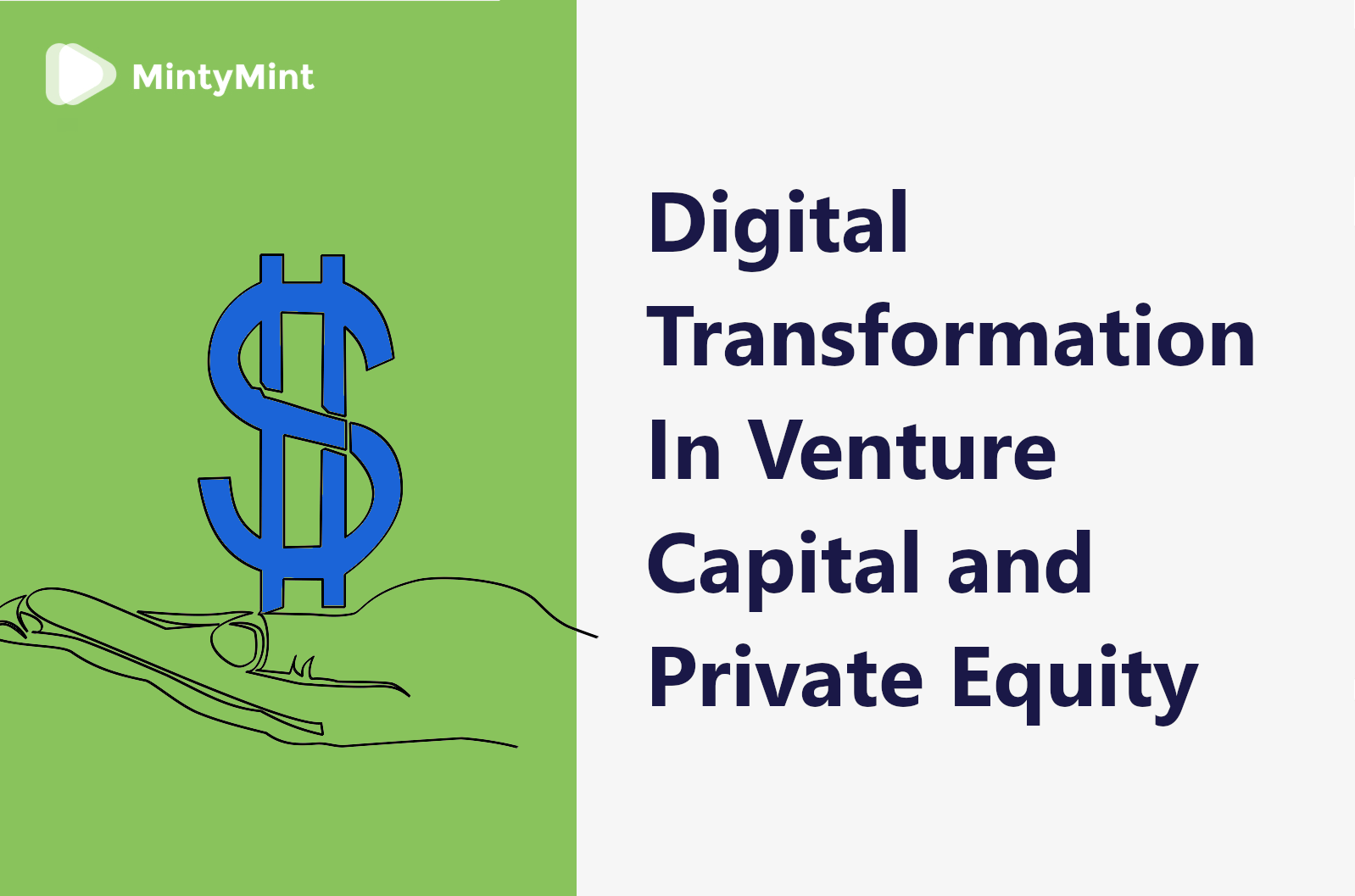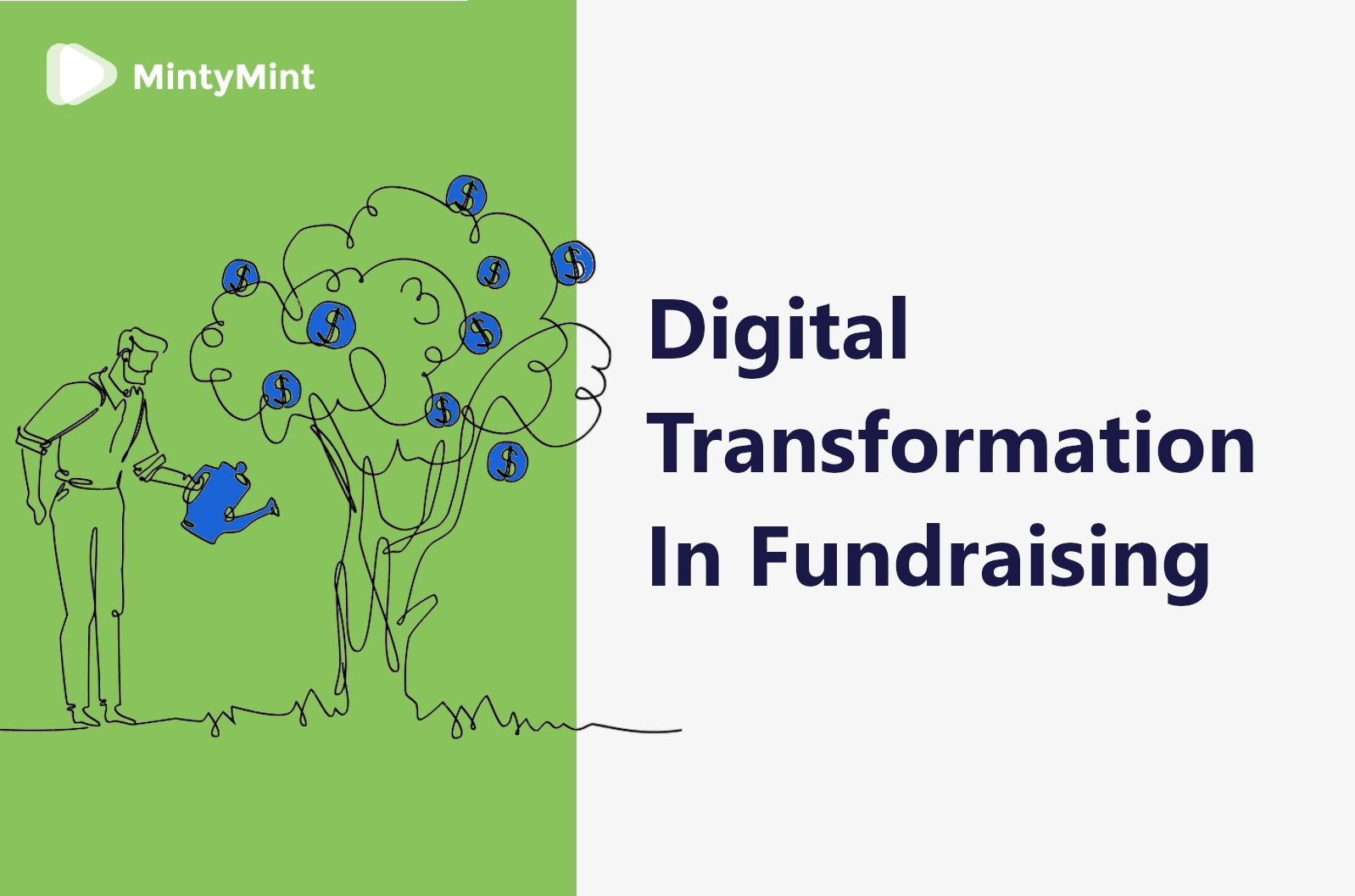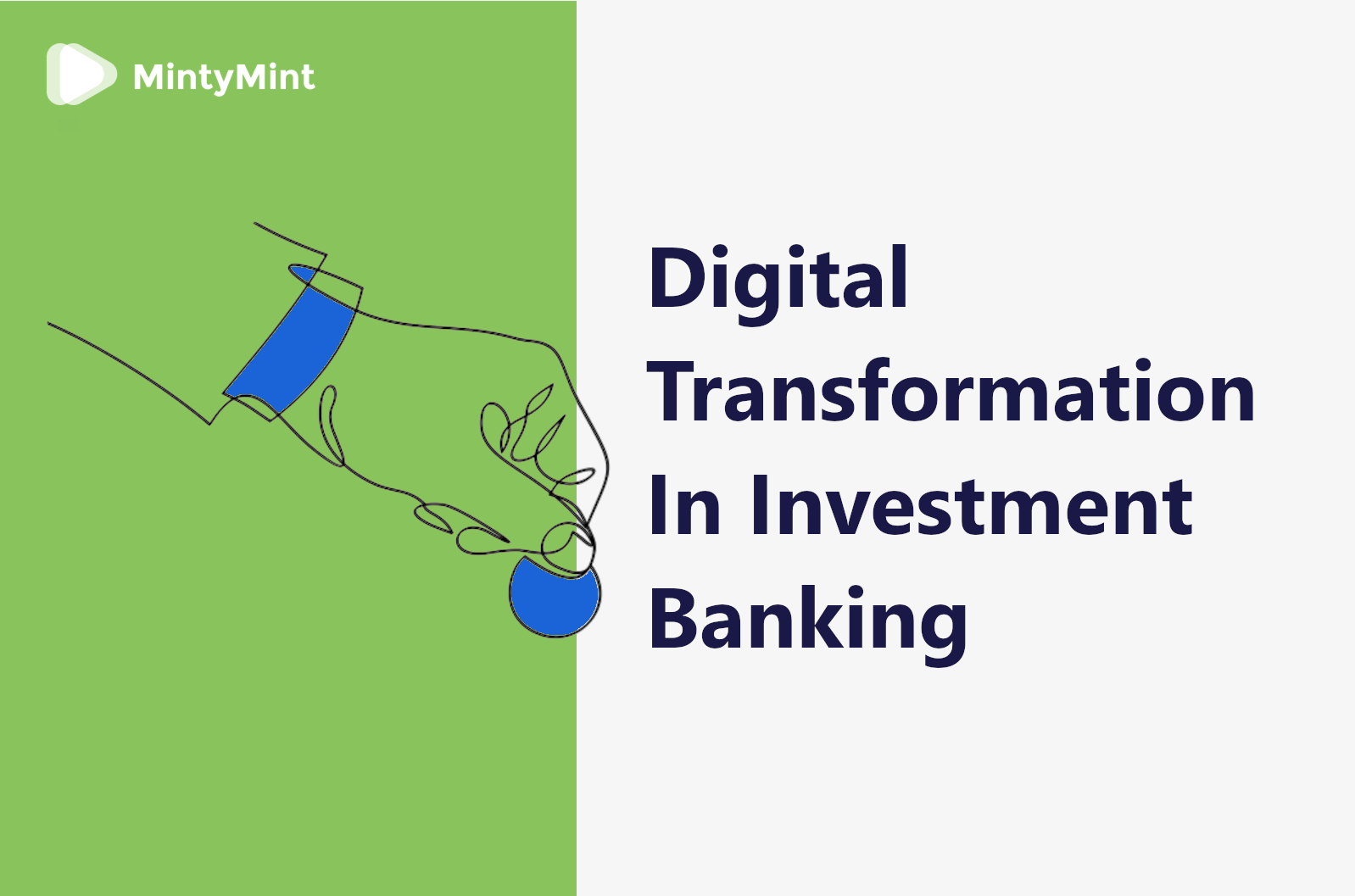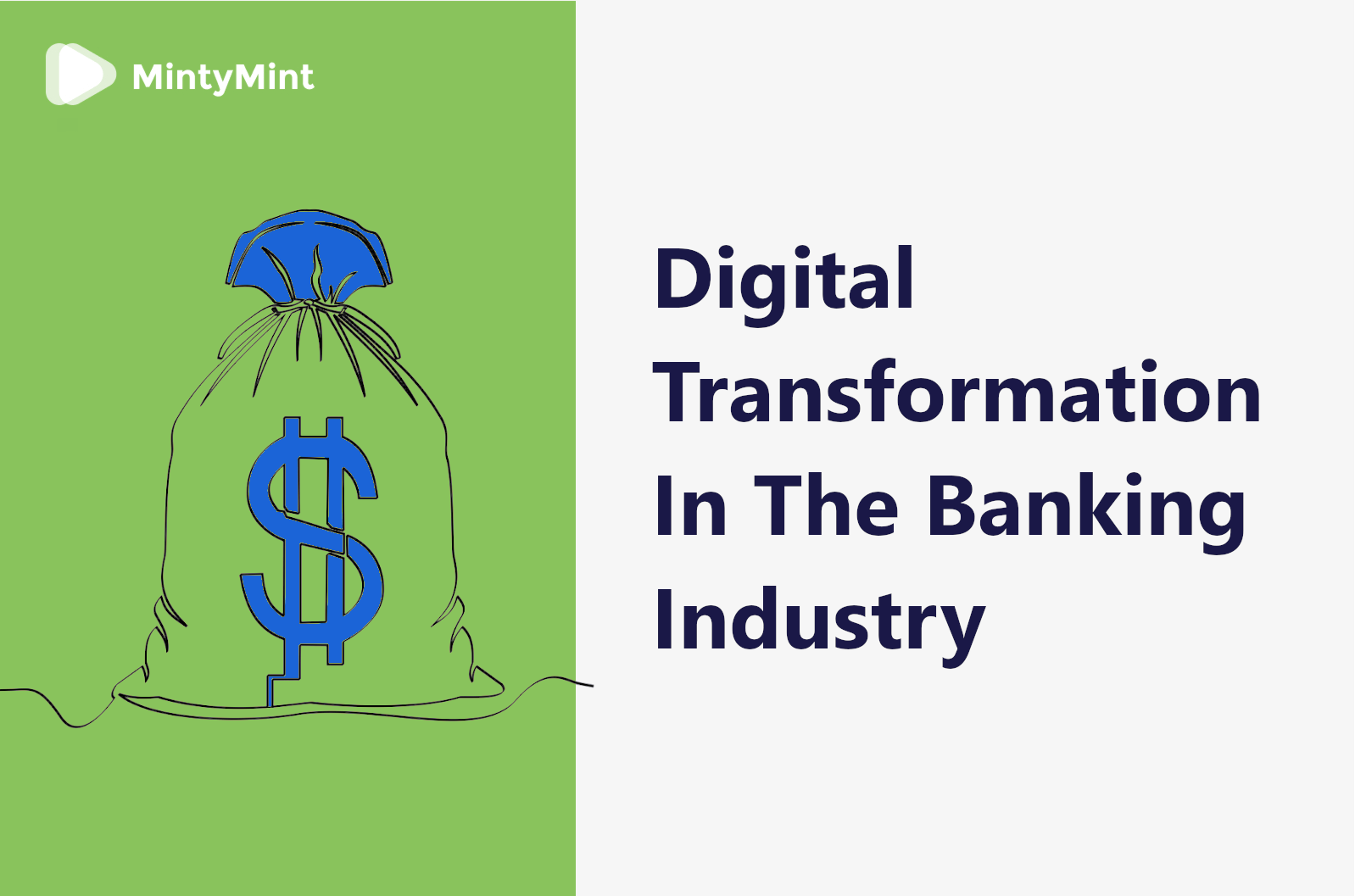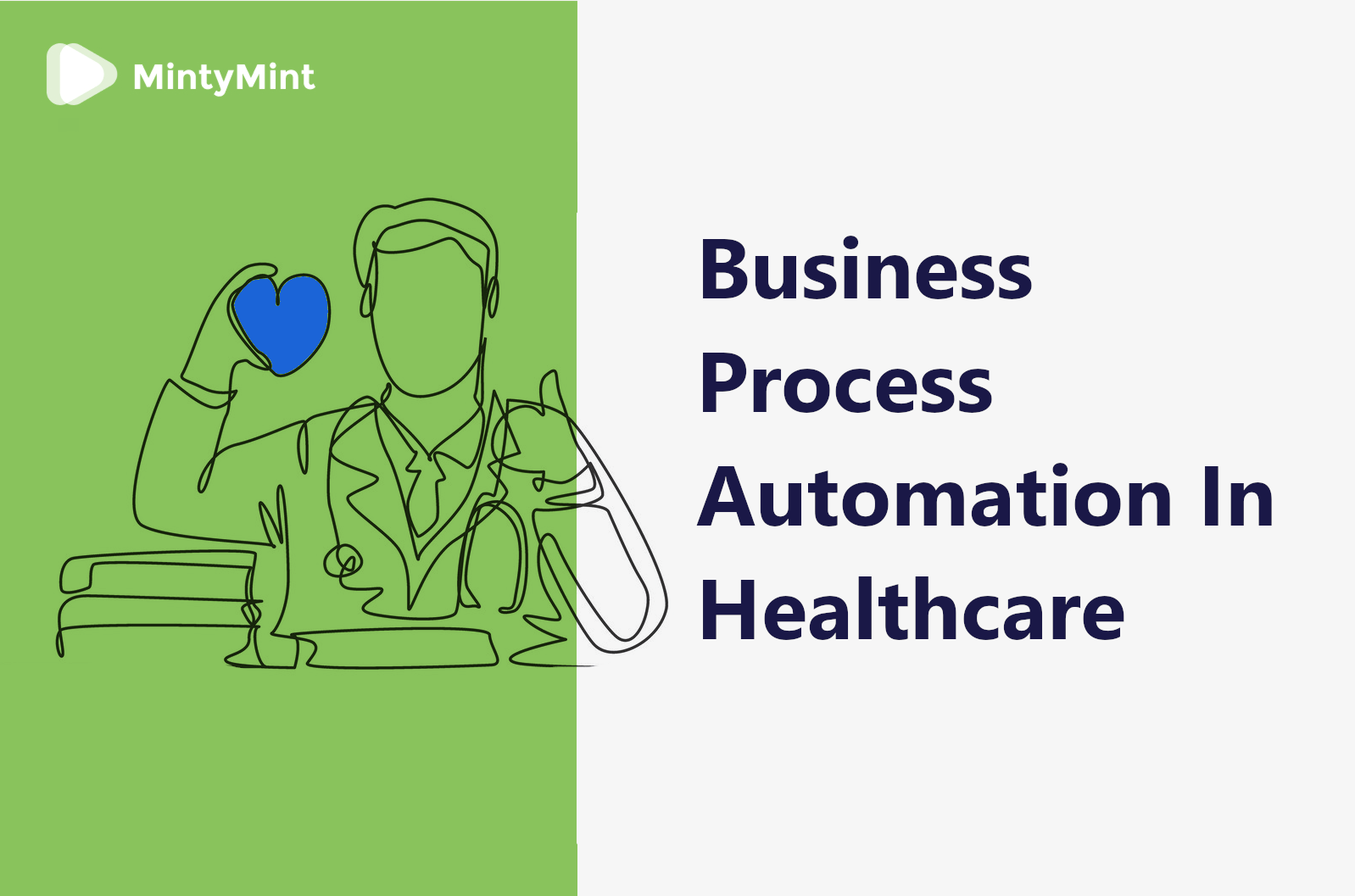Continuing to discuss evolutionary processes in business, let’s look at a crucial driver of enterprise progress like workflow automation.
In general, it is a set of practices aimed at streamlining routine activities to improve business efficiency. The approach is implemented through various digital solutions and is considered essential across most industries and business domains.
Want to learn more about workflow automation?
Scroll down to get all the answers!
Why automate business processes?
Ever since industrialization, abandoning manual work in favor of streamlined production has helped to boost outputs, cut shift hours, and improve working conditions. Today, we are in the digital era, but automation is even more relevant to businesses of all shapes and forms.

Robotization of business processes aims at essential business goals like increased service quality, wider audience reach, and reduced spendings. And with over 45% of paid activities worldwide suitable for automation, this is a trillion-dollar question.
I know what you’re thinking, but don’t rush to hire an IT development team just yet! First of all, you must understand the key advantages of business process automation and things it can improve.
Advantages of business process automation
If you’ve never dealt with workflow automation, it may sound like yet another thing you didn’t want to do in the first place. Or, you may have heard that it’s expensive or troublesome to implement.
In both cases, you’ll be pleasantly surprised.
When it comes to complexity, automating business functions is not nearly as cumbersome as executing all of it in the “good old” manual way. Moreso, the average cost of automation systems is nothing compared to the monetary equivalent of the time, effort, and risks associated with abstaining from them.
Digging deeper into the topic, there are 5 main reasons why you should automate business processes:
Cost reduction
You don’t need expert analysis to see how performing routine tasks quicker and better can positively impact your company’s budget.
Automation can save a fortune in the form of paid working hours and salaries, improved customer relationships, better order processing and inventory management, higher operational transparency, and much more. So, it’s no wonder that businesses spend a whopping $20 billion a year on automation.
Optimization of human resources
Delegating the grunt work to algorithms, you allow your employees to focus on purely human-related issues. We’re talking about direct customer assistance and care, creative business challenges, and the entire range of non-computer-related activities.
In most cases, these tasks also bring the highest value to the company.
Employee satisfaction
Employee satisfaction is yet another thing automation can improve. Very few of us genuinely enjoy the menial tasks usually taken over by algorithms. At that, alleviating these responsibilities from your workers’ shoulders can boost their work satisfaction and loyalty, which is a key driver of business growth.
Increased accuracy
Regardless of how brilliant, attentive, and responsible your staff is, we are all just human beings. Even if a team’s workflow is smooth like Swiss clockwork, something will go south now and then. Whether it’s a scheduling mishap, a missed customer’s question, or a misdirected email – you can never predict the human factor.
On the other hand, machines have no bad days, never distract, and have nowhere to rush on a Friday evening. This makes one a poor buddy, but a perfect assistant to sort through the multitude of daily tasks.
Better performance
Last but not least, a natural outcome of the four automation benefits mentioned above is better overall business performance.
Carefully tuned processes that empower your workers, bolster back-office operation and ultimately satisfy the clients – inevitably boost business performance. If that’s not your main goal at the moment – you can skip business workflow automation. Otherwise – think twice.
Business Workflow Automation Pitfalls
Naturally, nothing is perfect in the business world, and there are several nuances to workflow automation, just as well. So, if you do decide to streamline your company processes, try to avoid the following traps:
Wrong goals
While it may seem that more automation is always better, it’s important to carefully choose which business functions you improve. Some of your company activities may suffer from excess robotization (see next paragraph) or aren’t worth the investment.
To avoid this, ask yourself the following questions:
What are the most complex processes I can automate? Which of them is most time-consuming? And finally, which of them will have the greatest business impact?
These would be the processes you should automate first.
Dehumanization
Streamlining all of the processes can dehumanize your services, which is not nearly the goal of automation. Conversely, automation takes care of tasks to free the staff’s time, ultimately making your business even more humane.
Similar to a car, it’s not there to take walking away, but rather to take us to the best place to walk at.
Team resistance
Just like any innovation, automating business workflows can meet resistance from both executives and staff. The first may not see the point of additional investments in software, while employees may fear losing their jobs.
Overcoming such obstacles, you need to dispel people’s fears. Describe your goals and clarify how automation is beneficial for all parties involved – the owners, the clients, and the workers.
Overspenditure
Last but not least, expenses are a valid thing to consider whatever business initiative you undertake.
This goes in line with the aforementioned point about setting the right automation goals. Even if your budget allows streamlining virtually all of your company’s processes, it does not mean you should do it. Focus on essential, and go from there.
Business Process Automation Solutions
Now that we’ve covered the curses and blessings of workflow automation, let’s go over the processes that can be improved via algorithms.
As already mentioned, automation can aid almost half of the global paid activities, potentially saving $2 trillion in wages.

At that, there are 4 main types of business processes where automation can play a key role:
Executive management
Automation can simplify managing large teams with multiple departments and decision-makers.
It allows you to track, manage, and supervise operational activities, see task progress, issues, and deadlines – all in one place. The decision-making process becomes much more simple, transparent, and quick, too. With automated approval from managers on each executive level, your business won’t stall whenever important questions arise.
Time is money so you can waste none in the business world.
Team communication
Those who have worked in teams without task management and communication tools will recognize the following picture: responsibilities mixed up, tasks fulfilled incompletely, deadlines missed, and an overall mess in the production process. Team communication established through Skype…
Sounds familiar, huh?
We’ve all been there. Forget about efficiency, just having the tasks done is already a challenge under such conditions.
A far better idea is to automate these processes with tech solutions like Slack or Trello. Such software allows teams and departments to stay on the same page when fulfilling complex tasks and continuous objectives. Plus, it ensures overall transparency of the working process.
Customer relationship
Customer relationship is crucial to businesses in the digital realm. It can be a win or lose strategy for your business by affecting your client’s loyalty big time.
Now, the more customers – the harder it is to address all the requests and issues manually. And while keeping your prospects on hold is a questionable option, relying on CRM solutions might do wonders.
These systems aggregate consumer data, analyze their behavior, and ensure smooth interaction. They help to resolve customer issues, meet their desires and needs, and generate beneficial deals and upsells. Like that you can acquire, convert, and retain more customers.
As for direct customer support, chatbots not only cover the gap in employee resources but even outperform people in resolving client issues.
Inventory management
Speaking about efficiency, automation can improve inventory management, too.
If you are an active vendor or a retail store owner (or a drop shipping company) – a lot is going on in the warehouse. You’ve got to stock, sell, and monitor your inventories daily. This is a rather complicated task for a human being, especially for big marketplaces and product hubs.
Automation can help with inventory management. These systems keep track of stocked goods, update availability information, evaluate consumption, and remind about ending products. So, you never run out of or oversupply items.
Document turnover
Very often, paperwork takes the time and attention it really shouldn’t.
A smart document management solution like the one built by our team can save both your time and nerve cells. It enables you to view, share, and sign documents on the go, effortlessly, and without delays.
Such tools are especially useful when dealing with extensive documentation to be shared or signed by multiple parties. Great for employee onboarding, budget approvals, contracting, legal issues – you name it.
Social media
Last but not least – the automation of social media marketing activities.
While you can hire a dedicated SMM specialist, sometimes there are better ways to invest a few thousand a year. That said, spending your employees’ precious time on posting to Facebook, Linked In, and Instagram may turn out even more costly.
In this case, an SMM automation tool like Buffer seems more than legit. Kt allows scheduling and posting to all of your social media marketing channels simultaneously and hassle-free.
Digital Transformation Across Industries
Business process automation solutions are a means to the wider notion of digital transformation. And although it is quite similar across industries, there still are distinctive features with each one.
For specific digital transformation insight, explore our niche-dedicated articles:
- Insurance
- eCommerce
- Healthcare
- Real Estate
- Education
- Logistics
- Banking
- Investments
- Fundraising
- Venture Capital
The bigger picture
The points covered in the article are mere landmarks to navigate your digitization strategy.
Very probably, you’ll find it possible to automate most of your business’s specific processes. The rule of thumb here is that anything that’s recurrent and requires predictable actions – can be automated to your benefit. In any case, it will probably fit in with the bigger strategy of your business’s management or improvement.
Need help automating your business activities? Our team is always here to help!



























